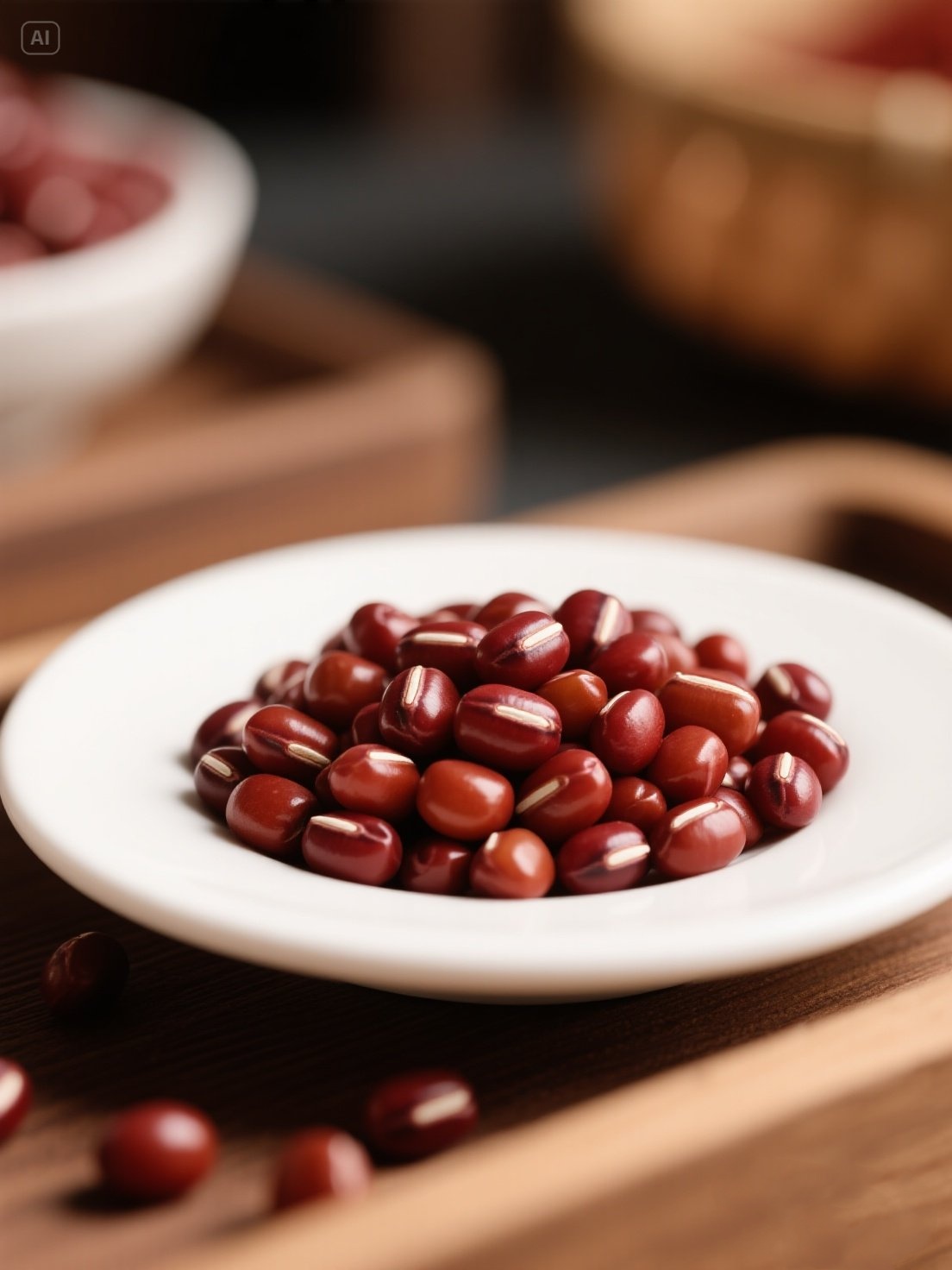Nutritional Value and Health Benefits of Red Beans

Nutritional Value
- Protein: High plant-based protein content.
- Dietary fiber: Promotes digestion and gut health.
- Iron and magnesium: Supports energy and heart health.
- Folate and B vitamins: Important for red blood cell formation.
Health Benefits
- ✔ Supports cardiovascular health and lowers cholesterol.
- ✔ Stabilizes blood sugar due to low glycemic index.
- ✔ Rich in antioxidants that help fight inflammation.
- ✔ Aids in weight control and satiety.
Tip: Red beans (adzuki beans) are popular in Asian cuisine—used in soups, desserts, and pastes!
Steps to Grow Red Beans
1
Seed Selection
- Type: Choose healthy, mature adzuki bean seeds.
- Climate: Grows best in warm, temperate climates.
2
Soil Preparation
- Soil: Well-drained sandy or loamy soil with pH 6.0–7.5.
- Sunlight: Requires full sun.
3
Planting
- Timing: Plant in late spring after last frost.
- Spacing: Sow seeds 5 cm deep and 10–15 cm apart.
4
Maintenance
- Watering: Water moderately; avoid waterlogging.
- Weeding: Keep area weed-free especially early on.
5
Pest & Disease Control
- Issues: Watch for aphids, root rot, and bean beetles.
- Solutions: Use neem spray and crop rotation.
6
Harvesting
- Time: Harvest after 90–120 days when pods are dry and brown.
- Method: Uproot plants and air dry before shelling beans.
Note: Red beans enrich soil through nitrogen fixation—great for crop rotation.
Summary: Choose seeds → Prep soil → Plant → Maintain → Protect → Harvest!
Red Bean Cultivation Guide
Learn how to grow red beans with easy and practical farming steps.
Red Bean Recipe Videos
Simple tutorials on cooking classic red bean dishes.



